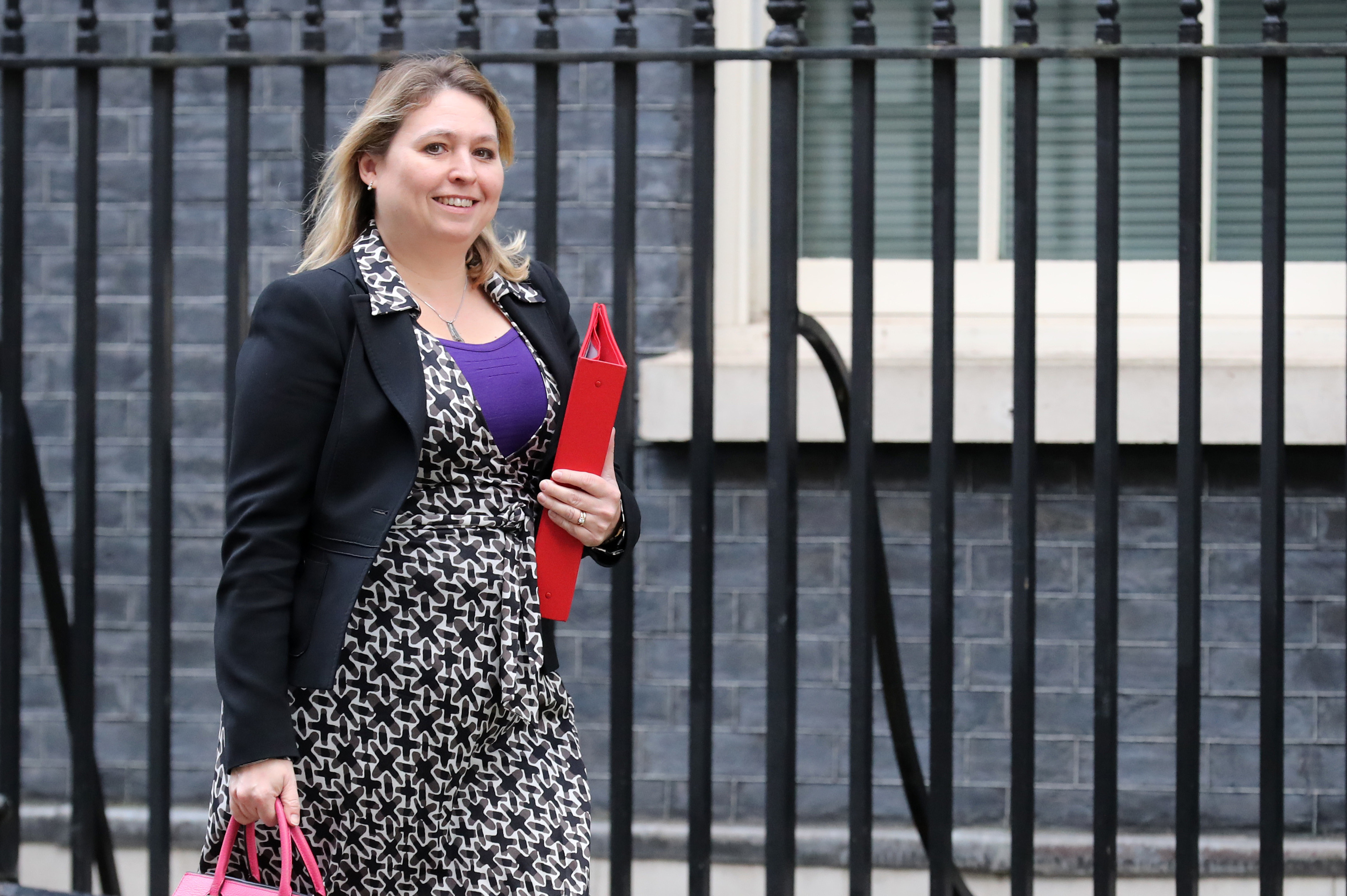
THE Government has announced a £60 million children’s TV fund, as homegrown shows face competition from US imports.
Over the past decade, the output of children’s TV from public service broadcasters has declined in the UK, with spending falling by £55 million.
The investment is designed to help reverse the trend and increase the range of children’s programmes, the Department for Digital, Culture, Media and Sport said.
The cash will be distributed over three years as part of a pilot, starting in 2019, with “programmes from new and diverse backgrounds, and those made in the nations and regions… a particular focus”.
Currently, children’s shows are broadcast in the UK on the likes of BBC channels CBeebies and CBBC, and CITV from ITV, as well as the Disney Channel and Nickelodeon from the US.
Children are also getting their programmes from YouTube and streaming services such as Netflix and Amazon Prime.
While UK shows from Horrible Histories on CBBC to Bear Grylls Survival School on CITV enjoy huge success, there have been concerns that children are now growing up watching repeats and foreign imports.
Culture Secretary Karen Bradley said: “High-quality children’s television is not only entertaining but plays a vital role in stimulating learning and giving young people a greater understanding of the world around them.
“This significant investment will give our world-renowned television production sector the boost it needs to create innovative content for a wider audience that would otherwise not be made.”
In the UK, the BBC is the dominant buyer and broadcaster of children’s content.
In 2016, it accounted for 87% of all first-run, UK-originated children’s programming by public service broadcasters.
The Government said that the pilot, which will fund up to 50% of the production and distribution costs of original TV shows, will be paid for by unallocated funds from the 2010 licence fee settlement.
It comes after the introduction of a children’s TV tax break and new quotas from Ofcom for children’s channels CBeebies and CBBC.
Anna Home, Chair of the Children’s Media Foundation, said: “We hope it will bring new and exciting content for children of all ages that could not otherwise have been commissioned.”

Enjoy the convenience of having The Sunday Post delivered as a digital ePaper straight to your smartphone, tablet or computer.
Subscribe for only £5.49 a month and enjoy all the benefits of the printed paper as a digital replica.
Subscribe